#18: The Day The GLC Was Invaded By Goats
Ed Jefferson is attempting to visit every Mews in Greater London. This week: loitering in conservation areas, industrial Greek mythology and ecstatically levitating monks.
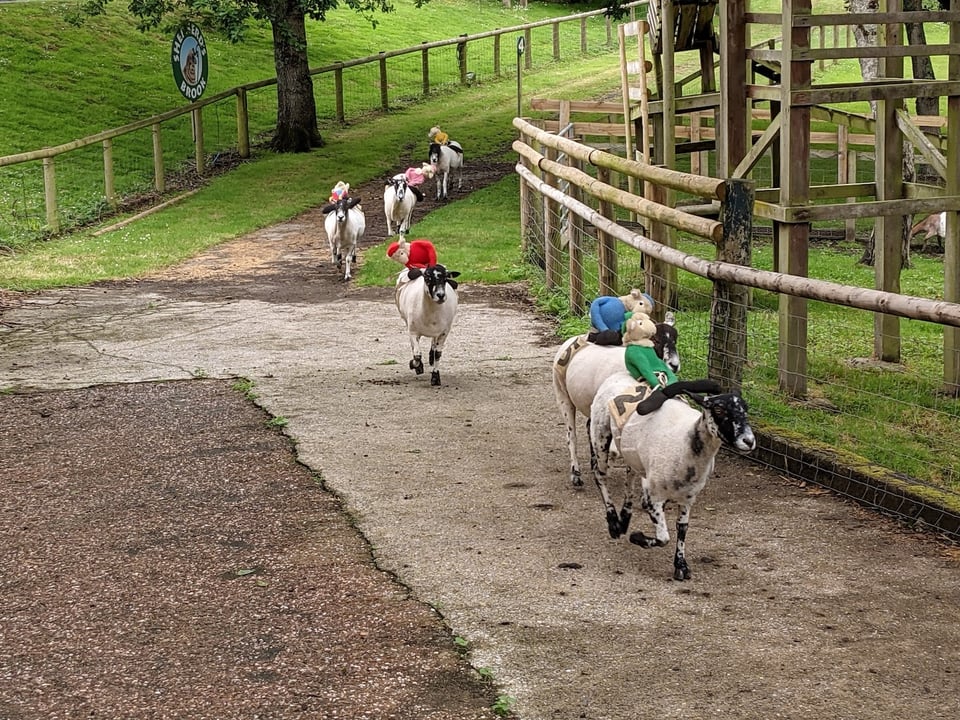
Most of this week’s Mewses lie on the Isle of Dogs in East London, so I did some general background research on the area and was delighted to discover that it was once, briefly, yet another of London’s political protest micro-nations (see previous Mews Letters that covered Frestonia and Wanstonia).
At the start of the 1970s the Isle of Dogs was still dominated by the working docks at West India Quay and Millwall, but plenty of people lived on the island and many of them were aggrieved at the poor provision of public services - there was no local secondary school and public transport consisted of a single bus - they felt ignored and forgotten.
So on the 1st March 1970, campaigners Ted Johns (a Labour councillor) and John Westfallen decided to do something about this - simultaneously organising a protest that blocked the island’s bridges, and making a Unilateral Declaration of Independence, apparently inspired by the film Passport To Pimlico (charming Ealing comedy in which Pimlico becomes an independent state) and Rhodesia (the somewhat less charming real events in which a load of racist twats tried to keep power in what’s now Zimbabwe).
This was not universally popular with Isle of Dogs residents, some of whom drew up counter-revolutionary petition against it. But the reality was that the whole thing was just a publicity stunt - in any event the actual blockade had only lasted only a couple of hours. But as a publicity stunt, it worked, getting national and international attention - prime minister Harold Wilson even agreed to meet with Johns and Westfallen to discuss their concerns1, though whether this brought any longterm benefit to the area is at best debatable.
Westfallen died in 1975, but Johns continued to be an active campaigner for the people of the island, which saw vast change in the following decades as the docks closed and “regeneration” came to town. Johns’ obituary mentions a particularly notable protest in which a riverside assault was apparently made on County Hall, the old HQ of the Greater London Council, and goats were let loose in the corridors.
Unfortunately I’ve struggled to corroborate this - you would think it would have generated some contemporary news coverage but I have not yet been able to locate any. There was a protest in 1986 at a speech by the governor of the bank of England marking the start of work at the Canary Wharf development, during which sheep, goats and bees2 from Mudchute city farm were set free to disrupt proceedings. And there were also river protests - in 1985 a ‘Docklands Armada’ launched fireworks at the Docklands Development Corporation offices and then sailed to parliament. So while the GLC goat attack seems entirely plausible, it does sadly seem equally possible it’s a bit of a tale that got muddled in the telling.
Regardless, I will forever consider the animals of Mudchute farm to be citizens of the independent nation of the Isle of Dogs. All power to our goat comrades!
The Mewses
#171 Pilgrims Mews, Tower Hamlets, E14
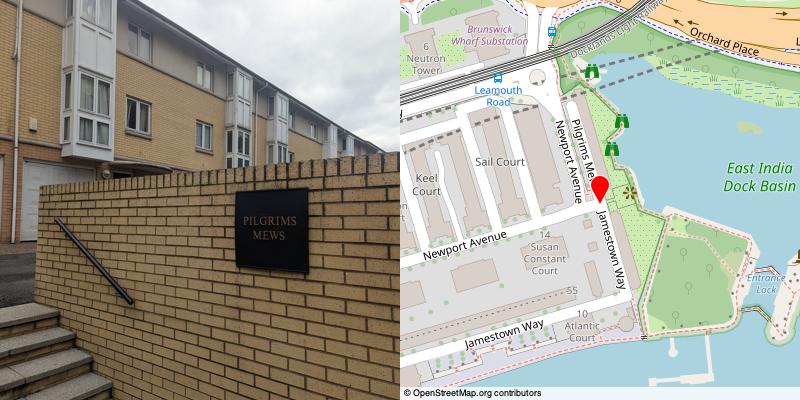
Part of Virginia Quay, a housing development built on the former East India Dock - the development itself and all the roads were given names connected with the settlers who departed the site on 19th December 1606 to found the colony of Virginia, in what’s now the USA.
Not hugely sure of the merits of naming somewhere in honour of people who definitely did not want to be there, especially when their original settlement, Jamestown, is also historically notable for being the landing site of the first enslaved Africans in North America.
#172 John Smith Mews, Tower Hamlets, E14
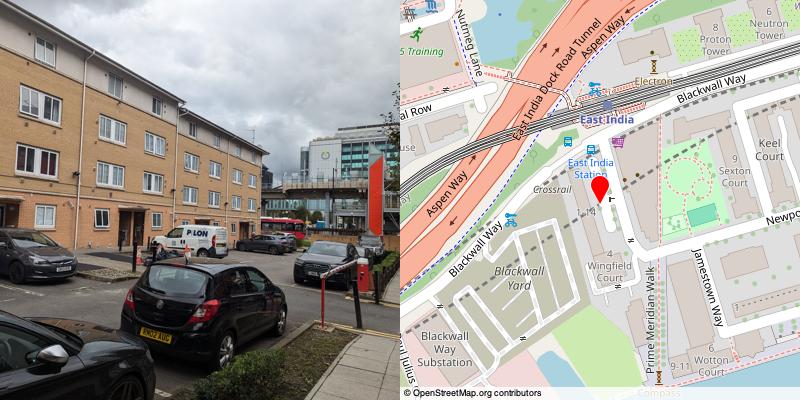
On the opposite side of Virginia Quay is John Smith Mews, named after an early leader of the colony after a somewhat rough start - he was nearly hanged for mutiny on the voyage over, and then possibly almost executed again by the leader of the Powhatan, the area’s indigenous people.
Smith later claimed to have been saved by the chief’s daughter, yer actual Pocahontas, though it is now thought that there was no execution intended anyway and he’d managed to get the wrong end of the stick during a symbolic ceremony. We’ve all done it!
#173 Vantage Mews, Tower Hamlets, E14
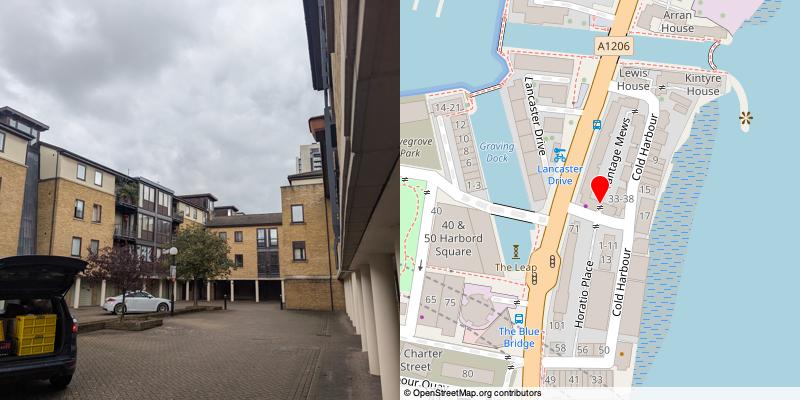
Mid-90s housing development. Gated but someone must have been moving as the gate was propped open so I snuck to nose about. Hello to everyone on the local WhatsApp group who is presumably studying Ring camera footage of me and trying to work out what crime I was attempting!
Not sure why it’s Vantage Mews - none of the flats appear to offer a particularly interesting view of anything, but there is a property management company called Vantage that’s been operating in the area since just before the development was built so there is potentially a very boring explanation.
Coldharbour, the road to the East, is much older - there are various unsubstantiated ‘facts’ connecting it to Lord Nelson that would have it that either he lived here at some point, or used to get pissed up/‘rendezvous’ with his mistress at The Gun.
#174 Isambard Mews, Tower Hamlets, E14
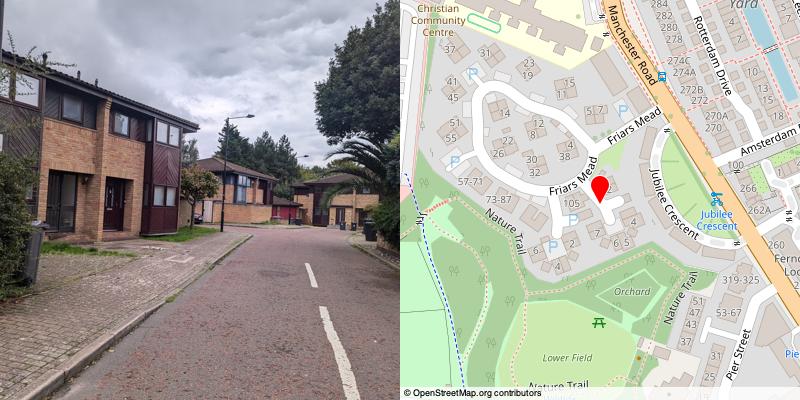
Presumably after Isambard Kingdom Brunel, though there is something quite funny after naming a cul-de-sac of houses after a guy remembered for his vastly ambitious works of engineering. Still, maybe the houses are more interesting than they appear - an 1986 ad for one property in the development describes an “Unusual (sic) designed ground floor flat”. Maybe its got a suspension bridge in it.
#175 St James Mews, Tower Hamlets, E14

There are a lot of St Jameses. Was this named after James, brother of Jesus, James The Great, James The Less, the other James the Less, James the Mutilated, James the Deacon, James the Moor-slayer (let’s hope not but I have absolute no faith in the people who name roads), James of the Marches or even James of Sclavonia, a “Croatian monk who was prone to ecstasies, worked miracles and levitated”, according to Wikipedia?
#176 Mariners Mews, Tower Hamlets, E14
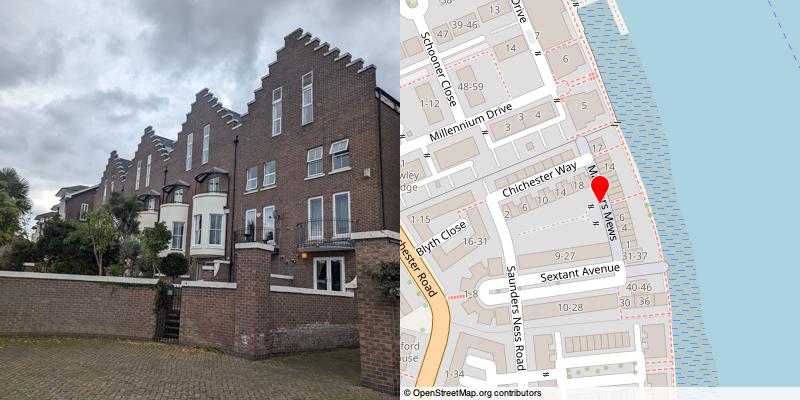
Fancy row of houses overlooking the river, built on the site of Dudgeon’s Wharf. The name Dudgeon wasn’t preserved in any of the street names, presumably not only because it sounds vaguely unappealing, but because in its final working incarnation was as an oil storage facility that exploded in 1969, killing five fireman (commemorated by a riverside memorial).
The previous history is not much less grim - the Dudgeons were William and John, Victorian shipbuilding brothers, who after some success building innovative steamships (customers including one A Lincoln) tanked their entire business in one go when the 1875 launch of a 300 foot ship built for the Brazilian government went so catastrophically wrong that it bankrupted the company. William died the same year, John ended up in an asylum. Bad vibes indeed.
#177 Observatory Mews, Tower Hamlets, E14
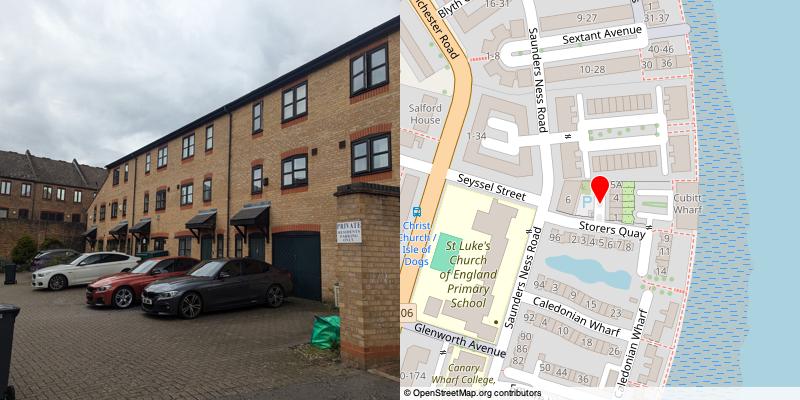
Origin of the name unclear, site is part of what was Cubitt Wharf, formerly a rice mill. One of the properties is currently being advertised for rent as a “co-living house”, for which I have few words that don’t risk getting this e-mail binned by corporate language filters.
#178 Bartlett Mews, Tower Hamlets, E14

Comprised of cottages for those working at the fire station, parts of the station itself, now converted into residences, and a new apartment block. The name of the new block - Pengelly Apartments, and Bartlett Mews itself, are tributes to Violet Pengelly and Joan Bartlett, two young firewoman killed whilst on duty during an air raid in 1940.
#179 Sark Mews, Tower Hamlets, E14
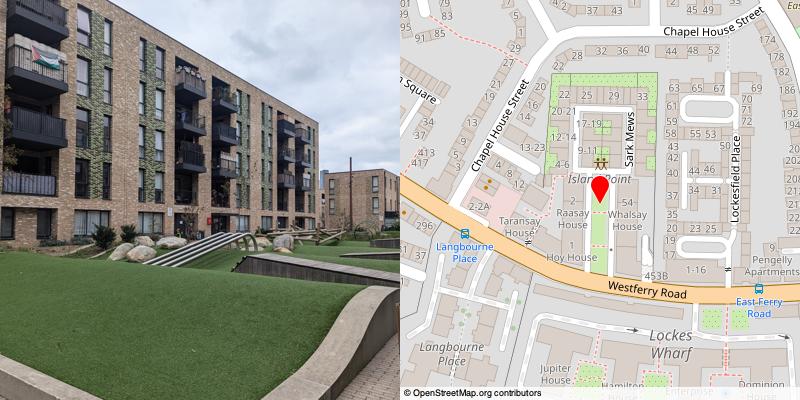
Sark Mews is the name of all the roads (depends on how you count, I think there are at least three) running through the Island Point development. This was completed in 2020 and has some green-glazed bricks supposedly because there used to be a ‘Colour Works’ nearby that made pigments for the ceramics industry. Sure.
Presumably named for old boat what loves to go on fire the Cutty Sark, on the justification either that it’s just the other side of the Thames, or that it spent some months in 1951 in Millwall Docks to the north.
The scheme was in development for some years - back in 2009 the site was surrounded by hoarding advising that you could ‘Just Add Water’ to get it, which seems somewhat inadvisable for property this close to the river - perhaps this is why they reverted to plain blue hoarding for much of the rest of the construction period. The original planning application received some objections on the grounds that it didn’t respect a nearby conservation area - presumably the derelict warehouse was more in keeping, and that it could provoke ‘loitering’. Didn’t see much evidence of this, apart from one Mews pervert.
#180 Cyclops Mews, Tower Hamlets, E14

A glance at the map would lead you to the obvious conclusion that whoever was in charge of this late 80s residential development on ex-industrial land just really loved Greek myths - everything is named after a thing that might have shown up in Homer, or even Homer himself, who gets a Drive. And they must really have loved that Cyclops what Odysseus wanged in the eye, because he has a Mews AND a Wharf3.
Actually, the Cyclops was here long before anything else - in the industrial days, when this was Victoria Wharf, it was home to the Cyclops Iron Works. Or rather, a Cyclops Iron Works - there are bloody loads of iron-related businesses called Cyclops something or other, because in some of the myths the Cyclopes were ironworkers, responsible for making Zeus’s thunderbolt and so on. Perhaps Netflix should have filmed that cancelled Jeff Goldblum thing here, might have saved them some money for another series.
Mewses Visited So Far: 180/2380
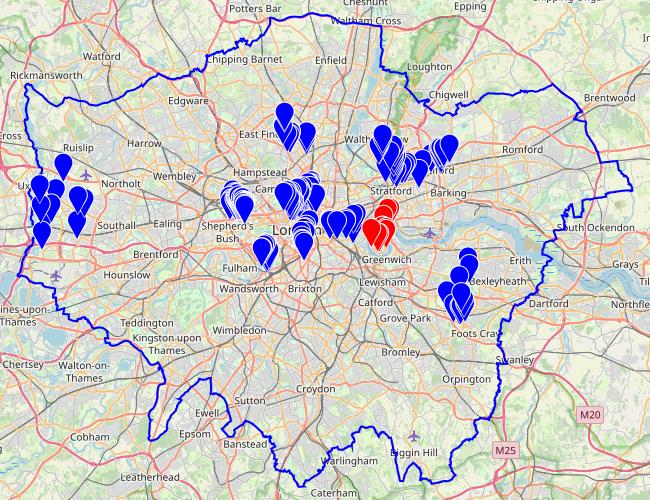
For more on this see this very thorough post on the Island History blog. ↩
In the documentary ‘Hardworking People’ (about the history of protest on the Isle of Dogs) one of the protestors suggests that the governor himself was unphased by this as he was an amateur beekeeper. ↩
Possibly this was a bad omen - lots of the original buyers got screwed by taking a ‘pay half now, half later’ deal that turned out to be way to good too be true when the purported value of the homes turned out to have been massively inflated. ↩
Add a comment: